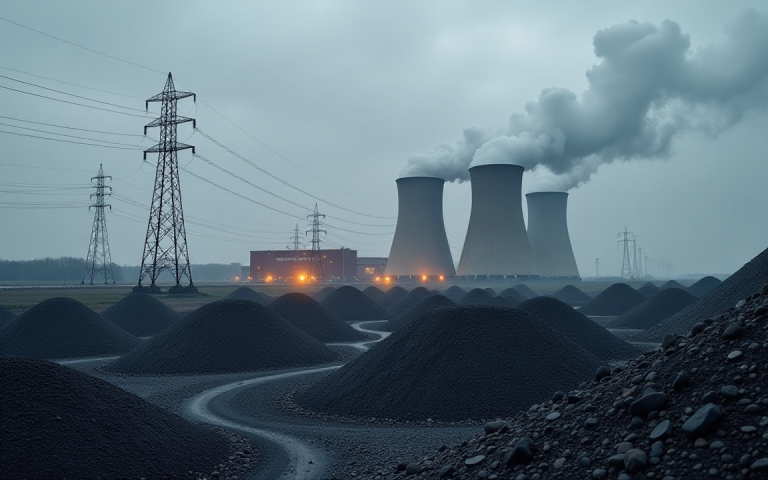Despite India’s push for clean energy, state electricity distributors are entering into long-term agreements with coal-fired power generators.
This move is aimed at addressing an anticipated increase in evening electricity demand.
Uttar Pradesh, India’s most populous state, and eastern Assam, which recently discontinued clean energy incentives, are both seeking to finalise agreements within the next two months to purchase a combined minimum of 7 gigawatts of coal-fired power.
These agreements, for power to be delivered in 2030, are detailed in bid documents, which were reported by Reuters in a report.
Procurement rush
According to India Ratings & Research, over 17 GW of coal-fired capacity has been contracted in various stages during the 16 months ending in July. This represents the largest such pipeline since the COVID pandemic.
Analysts indicated that the increase in air-conditioning demand during non-solar hours, coupled with the slow development of battery storage, is intensifying the procurement rush.
This trend is stimulating new investments but is also anticipated to impede decarbonisation initiatives in the world’s third-largest greenhouse gas emitter.
Despite India’s renewable energy targets, senior Wood Mackenzie analyst Ashis Kumar Pradhan told Reuters that the country’s continued emphasis on coal will prolong its reliance on the fossil fuel.
India aims to expand its coal power capacity from the current 210 GW to 307 GW by 2035, representing a 46% increase.
Additionally, the country plans to nearly double its non-fossil fuel capacity from 251.4 GW to 500 GW by 2030.
Pradhan said:
We have revised our projection for coal-fired power generation in India, with the expected peak now occurring in the early 2040s, compared to the late 2030s in our previous outlook.
Rising costs
Adani Power revealed plans in August to invest approximately $5 billion in two coal-powered plants.
Similarly, Torrent Power, which earlier this year announced a $2.5 billion coal power project, is now considering the development of 5–7 GW of capacity over the coming decade, according to whole-time director Jigish Mehta.
Analysts suggest that while these projects could increase coal’s proportion in the energy mix beyond initial forecasts, solar power is still anticipated to be the preferred and more economical option during daylight hours.
“State distribution companies are facing grid instability due to renewable variability and lack of scalable storage,” Mehta was quoted in the report.
Storage issues
According to Alexander Hogveen Rutter, an independent energy expert based in India, constructing renewables with storage in India is more cost-effective than building new coal-fired power plants.
“New coal power is getting more expensive and the gap will only continue to grow as batteries scale up,” he said.
According to an August report by the Institute for Energy Economics and Financial Analysis, India has only operationalised 219 MW hours of battery energy storage, despite auctioning approximately 12.8 GW hours for development.
Filings indicate that several states, including Madhya Pradesh, Tamil Nadu, and Bihar, have chosen new coal power projects this year, attributing their decisions to delays in renewable energy initiatives.
The post Evening demand drives India’s return to coal-fired power, hindering decarbonisation appeared first on Invezz

